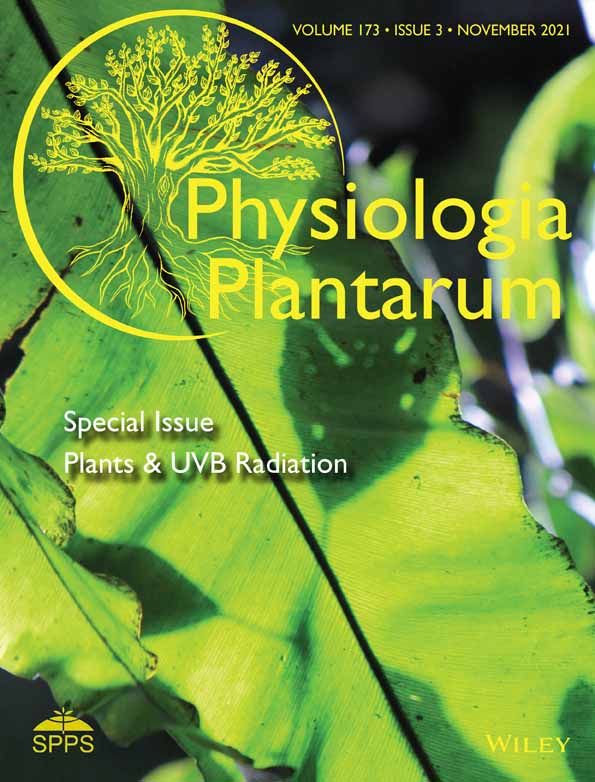Pearl millet (Pennisetum glaucum [L.] R. Br.) is an important crop capable of growing in harsh and marginal environments, with the highest degree of tolerance to drought and heat stresses among cereals. Diverse germplasm of pearl millet shows a significant phenotypic variation in response to abiotic stresses, making it a unique model to study the mechanisms responsible for stress mitigation. The present study focuses on identifying the physiological response of two pearl millet high-resolution cross (HRC) genotypes, ICMR 1122 and ICMR 1152, in response to low and high vapor pressure deficit (VPD). Under high VPD conditions, ICMR 1152 exhibited a lower transpiration rate (Tr), higher transpiration efficiency, and lower root sap exudation than ICMR 1122. Further, Pg-miRNAs expressed in the contrasting genotypes under low and high VPD conditions were identified by deep sequencing analysis. A total of 116 known and 61 novel Pg-miRNAs were identified from ICMR 1152, while 26 known and six novel Pg-miRNAs were identified from ICMR 1122 genotypes, respectively. While Pg-miR165, 168, 170, and 319 families exhibited significant differential expression under low and high VPD conditions in both genotypes, ICMR 1152 showed abundant expression of Pg-miR167, Pg-miR172, Pg-miR396 PgmiR399, Pg-miR862, Pg-miR868, Pg-miR950, Pg-miR5054, and Pg-miR7527 indicating their direct and indirect role in root physiology and abiotic stress responses. Drought responsive Pg-miRNA targets showed upregulation in response to high VPD stress, further narrowing down the miRNAs involved in regulation of drought tolerance in pearl millet.

